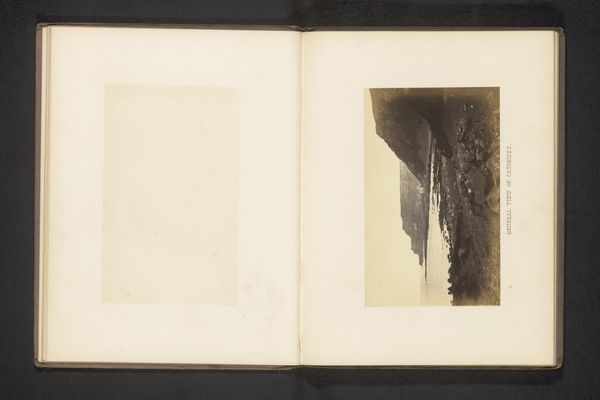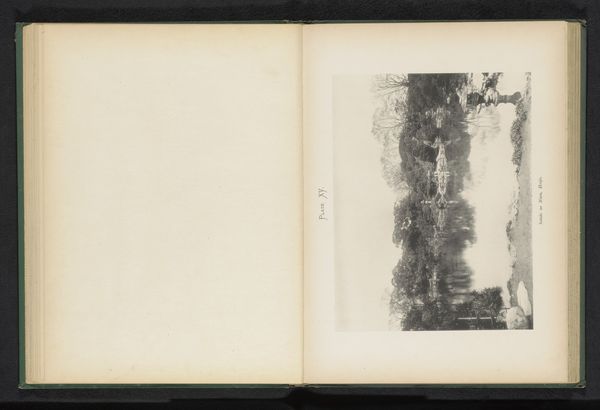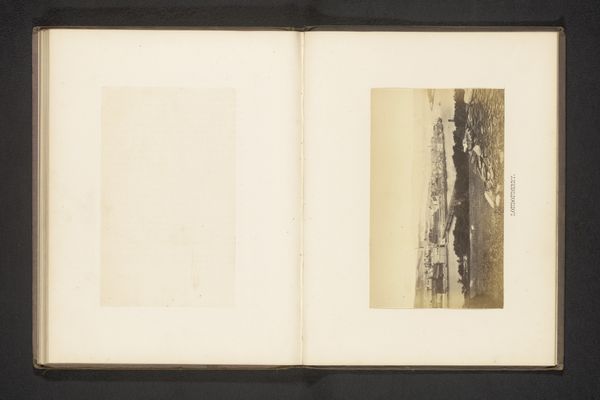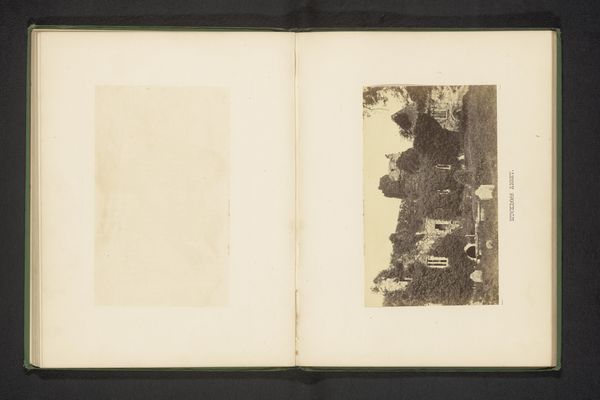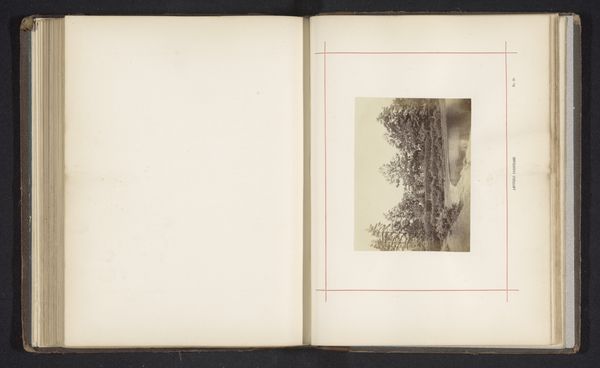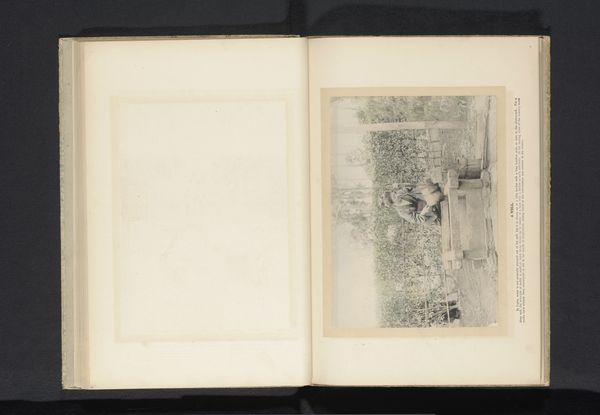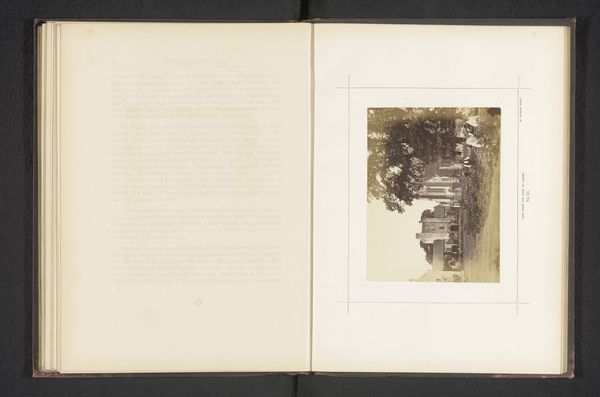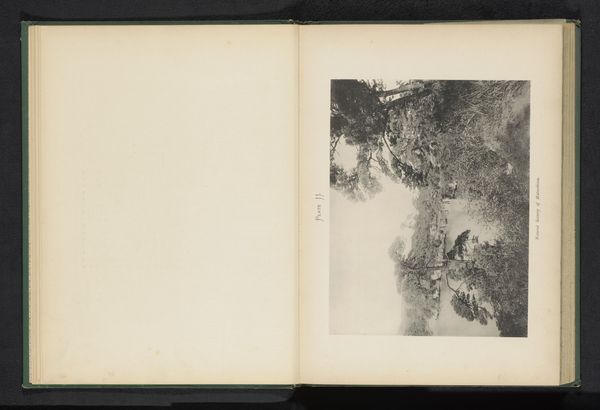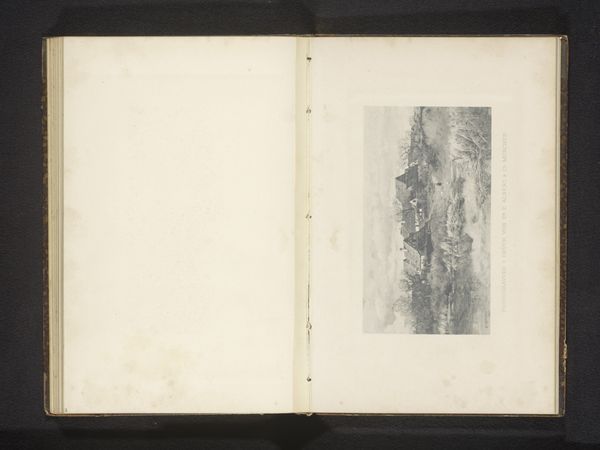
print, photography, albumen-print
#
medieval
#
ink paper printed
# print
#
landscape
#
house
#
paper texture
#
photography
#
cityscape
#
watercolor
#
albumen-print
Dimensions: height 108 mm, width 178 mm
Copyright: Rijks Museum: Open Domain
Editor: This is an intriguing image, titled "Gezicht op Dunluce Castle," made before 1867 by John Hudson. It looks like an albumen print, capturing a rugged castle against a somewhat ethereal backdrop. It’s making me think about how history is framed, how we choose to remember the past. What can you tell me about its historical context? Curator: Looking at this albumen print of Dunluce Castle, I am immediately drawn to consider the socio-political climate in which such images circulated. During this period, romanticism of ruins and the past was very popular, particularly amongst the elite. How do you think the photographic medium influenced perceptions of history compared to, say, paintings? Editor: Well, photography feels more ‘real’ somehow, less filtered by an artist’s interpretation. But, wouldn’t the photographer also be making conscious decisions about framing and lighting to shape the view? Curator: Precisely! And that’s where the politics come in. Early photography often served colonial interests or reinforced class structures. These landscape images could emphasize a sense of ownership, national pride, and, occasionally, nostalgia for a romanticized medieval past which was very fashionable in those days, mostly during Queen Victoria times. Editor: So this image, beyond just being a pretty view of a castle, might be contributing to a bigger narrative? Curator: Exactly. Consider how the availability of these images to a wider audience would affect the understanding of their cultural heritage and perhaps also serve as symbols for the elite in society. This romantic ruin probably reinforced their sense of historical authority. Does seeing the work in this way change your perception of it? Editor: Definitely! It’s less about a literal depiction and more about the photographer subtly shaping how viewers perceive power and the past through the way images are circulated and consumed. I’ll never see landscape photography the same way again! Curator: That’s wonderful to hear. By looking critically at its history and social context, we can reveal its hidden agendas and the influence art exerts in everyday life.
Comments
No comments
Be the first to comment and join the conversation on the ultimate creative platform.
